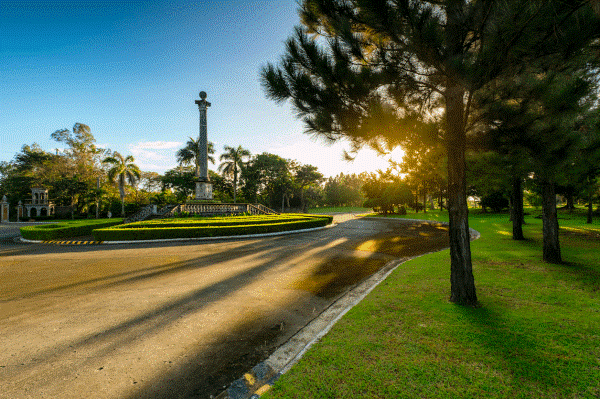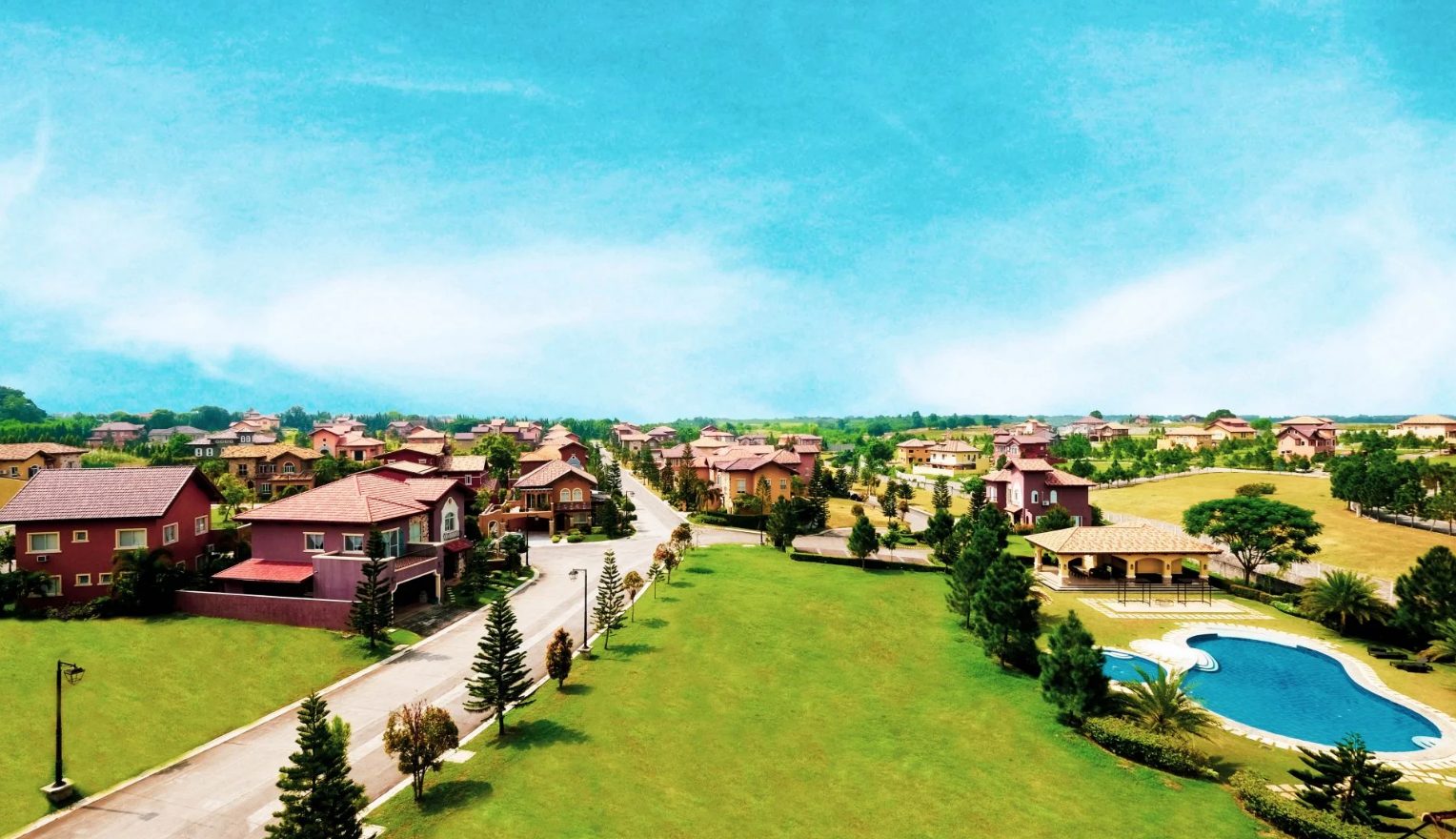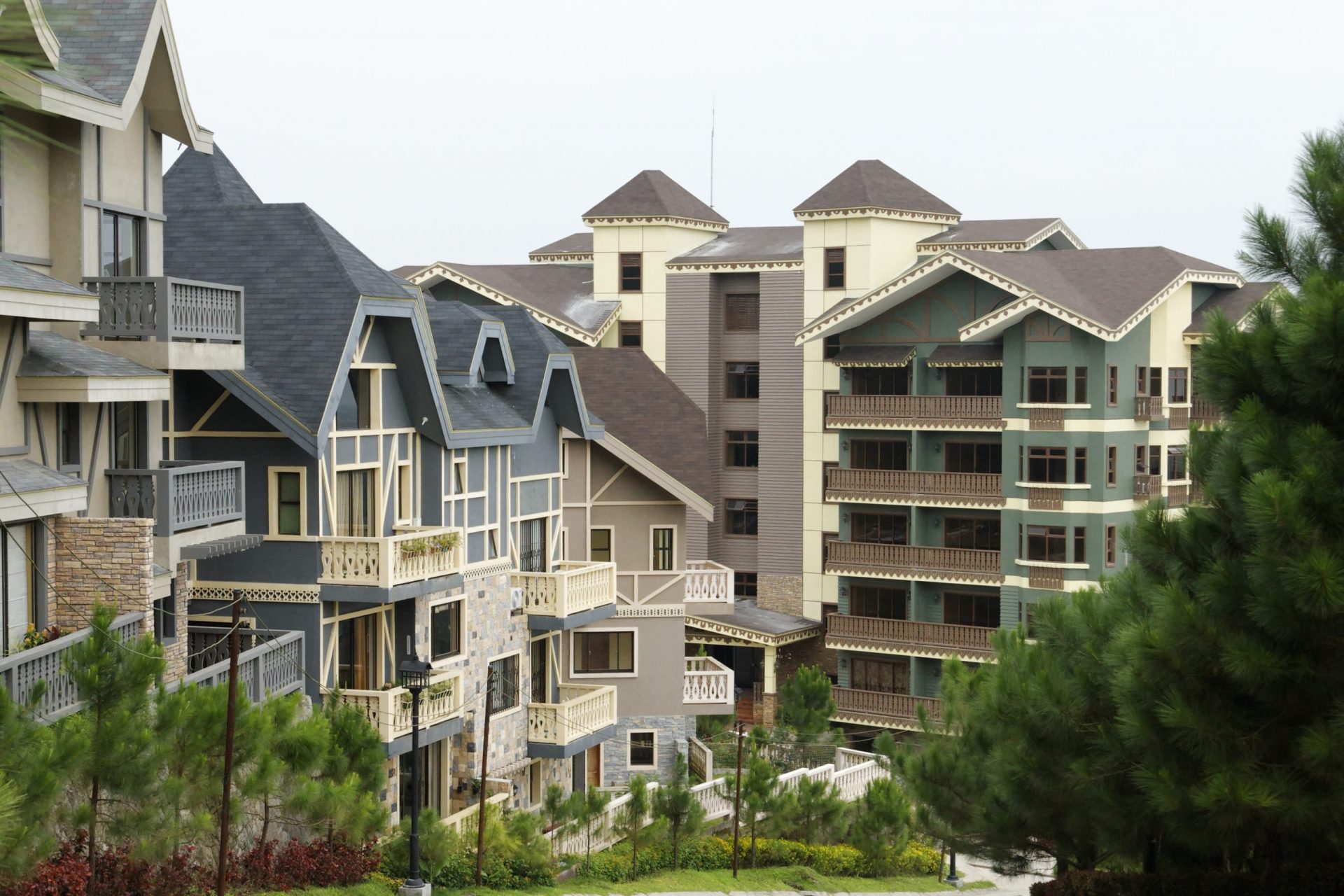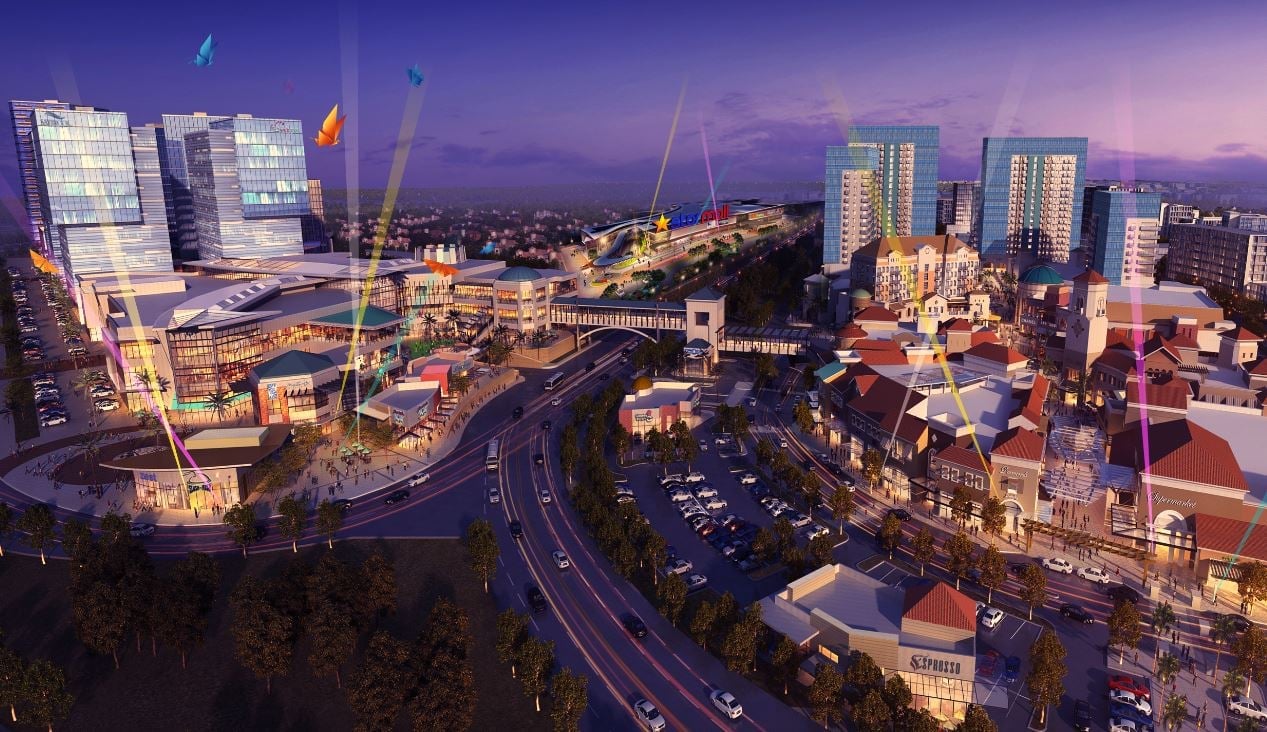BLOGS
Japan-Backed Manila Subway Line: Everything You Need To Know
In the pre-pandemic and post-pandemic eras, the primary problem in the Philippines is the heavy traffic. In a recent study, it was shown that Metro Manila ranks ninth worst in the world for the number of hours spent in traffic among cities as more businesses and institutions move toward on-site operations. According to another study by the insurance technology company GoShorty, Manila has a 43 percent congestion level and 98 hours of lost time to traffic per year, or more than four days that Filipinos spend stuck in the notorious traffic jams of the Metro. We have a lot of means of transporation in the Philippines, but ultimately, having a subway like this will benefit the lives of many Filipinos.
Increased public transportation is one way to reduce traffic congestion, according to experts, in Manila and other Philippine cities. Daily commuters should have access to more public transportation and fewer private vehicles.
The solution to the problem is gradually being answered. A new mode of transportation is currently having its construction process. It is the very first subway here in the Philippines. The difference of this from any other train is that the Underground train system used to carry large numbers of passengers in urban and suburban areas is known as a subway, sometimes known as underground, tube, or métro. For the convenience of construction, subways are typically laid beneath city streets, but they may also take detours and occasionally must cross rivers. If you want to learn more, keep on reading.
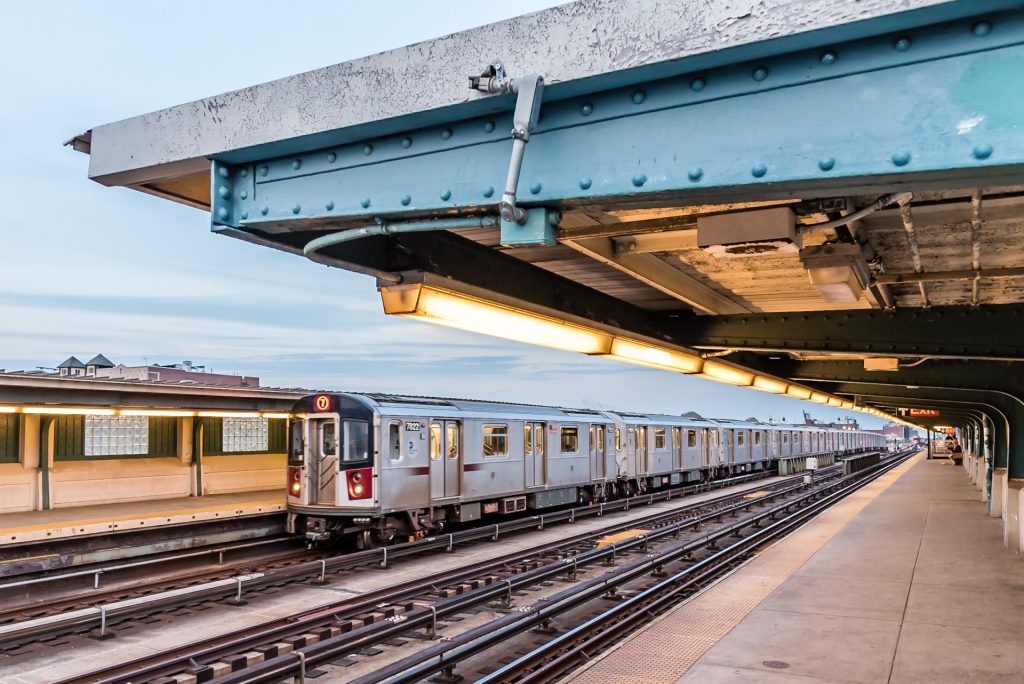
Who funded Metro Manila Subway?
The Department of Transportation has declared that construction on a Metro Manila subway would begin in January 2019, which is 45 years after the project was initially proposed in 1973.
According to DOTr, the groundbreaking ceremony for the subway was originally scheduled for December 2018 but was postponed as a result of scheduling conflicts among important project participants. From Mindanao Avenue in Quezon City to the Ninoy Aquino International Airport in Pasay City, which is approximately 35 kilometers apart, the journey will take about 40 minutes at max.
The Japan International Cooperation Agency provided a loan to finance the Metro Manila Subway, which has a total cost of Pesos 488.47 billion (Jica). The Consunji family’s DMCI Holdings Inc. earned a P21 -billion contract for its first-ever subway project. With partner Nishimatsu Construction Co. Ltd. (NCC) of Japan, DMCI’s division for construction, D.M. The Quezon Avenue and East Avenue subterranean stations and tunnels for the Japan-funded Metro Manila Subway Project were awarded to Consunji Inc.
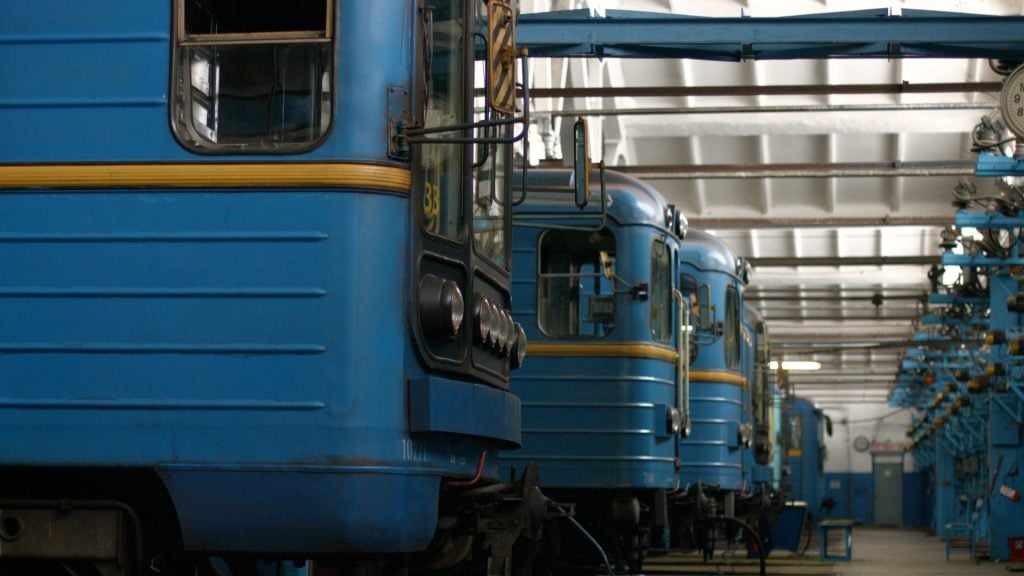
Japan’s Contribution to Philippine Construction
According to the Department of Finance, Japan has donated $14.14 billion in loans over the past 20 years, representing more than 72% of the nation’s foreign aid portfolio. The depth and breadth of Japanese assistance are depicted in vivid detail on an official development assistance (ODA) map released by the Japan International Cooperation Agency (JICA). In collaboration with national government agencies and local government units, JICA is currently carrying out 80 projects in areas such as governance, economic infrastructure, investment promotion and economic development, disaster risk reduction and management, agriculture and agribusiness development, environment and energy, health and social development, as well as peace and development initiatives in Mindanao that have benefited more than 25,300 farmer-beneficiaries.
The North-South Commuter Railway Project (Malolos-Tutuban and Malolos-Clark-Blumentritt), Capacity Enhancement for Mass Transit Systems in Metro Manila, and Technical Assistance for the Philippine Railway Institute are among the other ongoing significant infrastructure projects, most of which are focused on railway infrastructure for mass transportation, according to JICA.
In order to facilitate technology transfer and empower project recipients, both institutional and individual, to sustain and reproduce the projects and programs in other communities, Japan has also offered supplementary assistance on capacity-building.
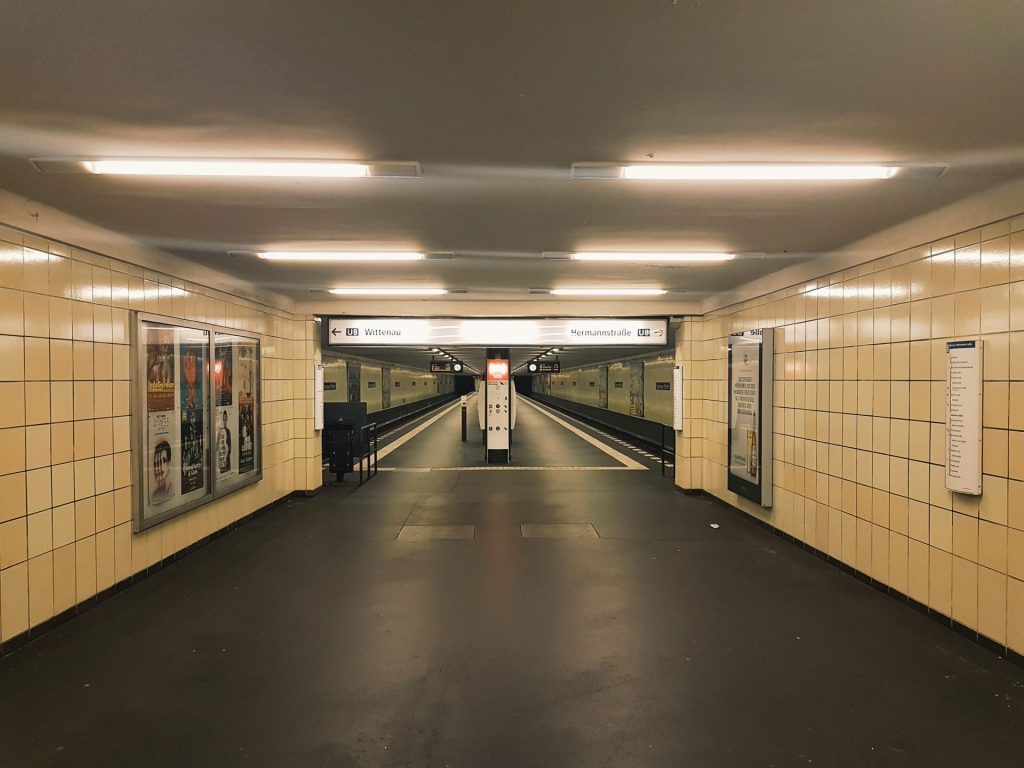
The Back Story of the Metro Manila Subway
The initial year of ideation by the Overseas Technological Cooperation Agency (now JICA) and former Public Works and Transportation Secretary David Consunji was year 1973.
The subway was a component of the “Metro Manila Dream Plan,” which sought to address the city’s issues with traffic, land use, and the environment by developing a contemporary, seamlessly integrated, cost-effective transportation system.
Later, the subway proposal was incorporated into the World Bank-sponsored MMetroplan, also known as the 1977 Metro Manila Transport, Land Use and Development Planning Project. The flooding in areas within the scope of the project, including Marikina, Cainta Rizal, Tondo, Pasay, etc., the project was postponed for a time being.
Because of that, Line 1 of the Manila Light Rail Transit System (LRT-1) was built instead.
Felino “Jun” Palafox, an urban designer and architect, said that the Marcos administration considered the LRT-1 the “most practicable” project to construct.
Furthermore, because the plans for the Metro Manila Subway were set aside, the Manila Metro Rail Transit System-Line 3 (MRT-3) and the Manila Light Rail Transit System-Line 2 (LRT-2) were constructed.
The Aquino administration had intended to start building the subway in 2014 as part of its “Public-Private Partnership” initiative, but due to scheduling issues, it was once again deferred.
By August 2016, the Duterte government had made the decision to take over the project as part of its “Build, Build, Build” campaign, which seeks to boost the nation’s economy by implementing a number of infrastructure projects.
Service demand was one of the main reasons why the former undersecretary of Rails and Toll Roads, Noel Kintanar, wanted to push and go through the project once again.
A financial deal was reached in March 2018 between the Philippines and Japan for the building of the subway, with the first phase of the project receiving a budget of about P51.34 billion.
In November 2018, OG Global chose six Japanese companies to manage the project.
The Oriental Consultants Global Co. is this. Tokyo Metro Co., Ltd. Ltd., Engineers International, Katahira, and Pacific Consultants Co. Ltd., the Metro Development Co., and Tonichi Engineering Consultants Inc. Ltd.
Is it possible to build a subway in the Philippines?
The answer is Yes!
With the goal to ease heavy traffic, it pushes the government, contractors, and developers to continue this project. It anticipates assisting Filipino people in avoiding lengthy traffic lines and even saving themselves from the dangers of commuting by providing them with accessible stations that can accommodate a large number of passengers. The new Metro Manila line is 33 kilometers long with 17 stations.
One of the Metro Manila Subway’s seven civil works contracts, CP104 calls for the utilization of a tunnel boring machine to construct 3.4 kilometers of tunnels and the Ortigas and Shaw Boulevard stations (TBMs). 19 additional TBMs will be placed into operation on various sections before the end of this year.
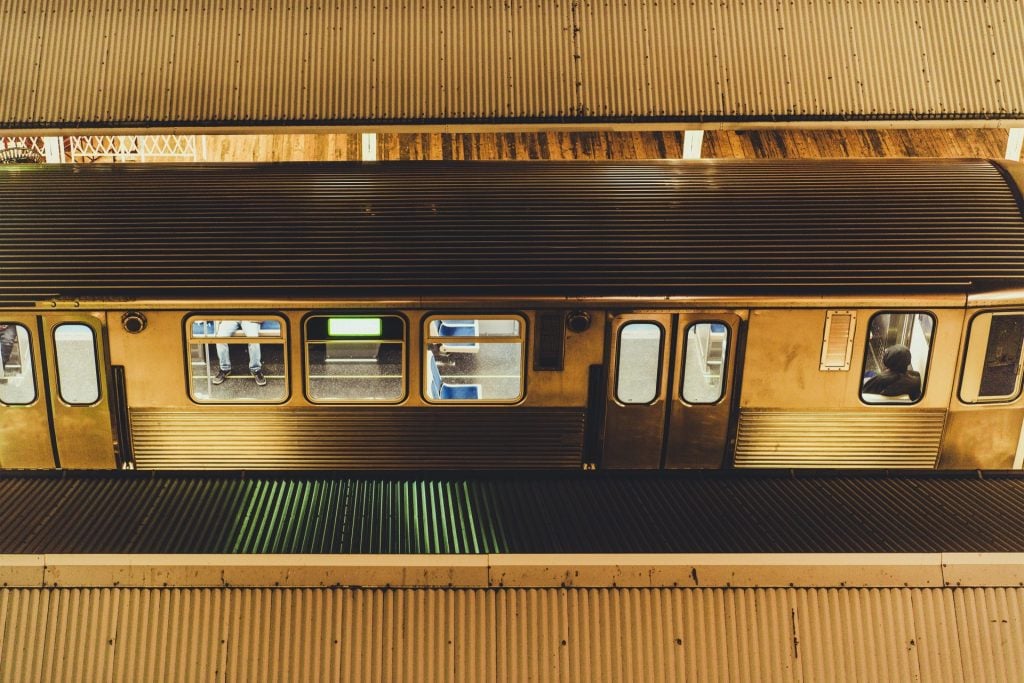
What to expect on this Project Subway Philippines?
The TBM’s launching ceremony, according to Deputy Chief of Mission MATSUDA, is a sign that Japan-Philippines infrastructure cooperation is gaining strength under the “Build, Better, More” policy. He also emphasized the subway’s potential economic and environmental benefits by giving Filipinos a reliable and safe means of transportation. Using cutting-edge Japanese technology, Ambassador KOSHIKAWA Kazuhiko expressed his confidence in realizing the dream of the Filipino people to take advantage of the convenience of a subway system. He gave assurances that the Japanese government will continue to support this flagship project in a “full speed ahead” manner.
The Metro Manila Subway, known as the “Project of the Century,” is being built steadily. This 17-station railway will cut the time it takes to get from Quezon City to the Ninoy Aquino International Airport (NAIA) in half, give many Filipinos in Metro Manila a safe and comfortable ride, and boost the Philippine economy by reducing carbon dioxide emissions and Metro Manila’s heavy traffic congestion.
Ease of Luxury Living with Brittany Corporation
Luxury properties rich in character and sophisticated in their theme appeal are what Brittany Corporation specializes in, and they were the first to develop and implement dream luxury home communities. Brittany’s opulent neighborhoods are modeled after some of the world’s most picturesque destinations, bringing the world’s most stunning sights right into the home of the city’s most elite.





